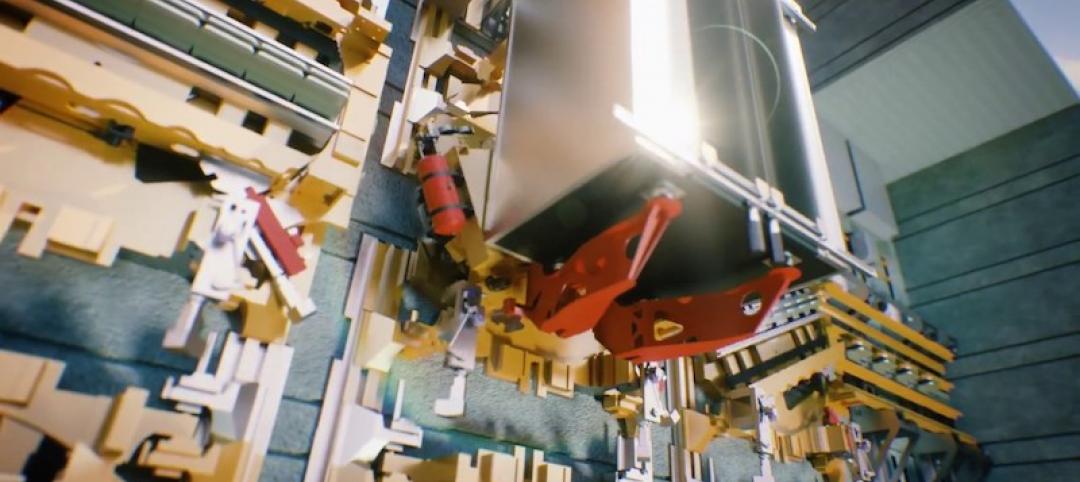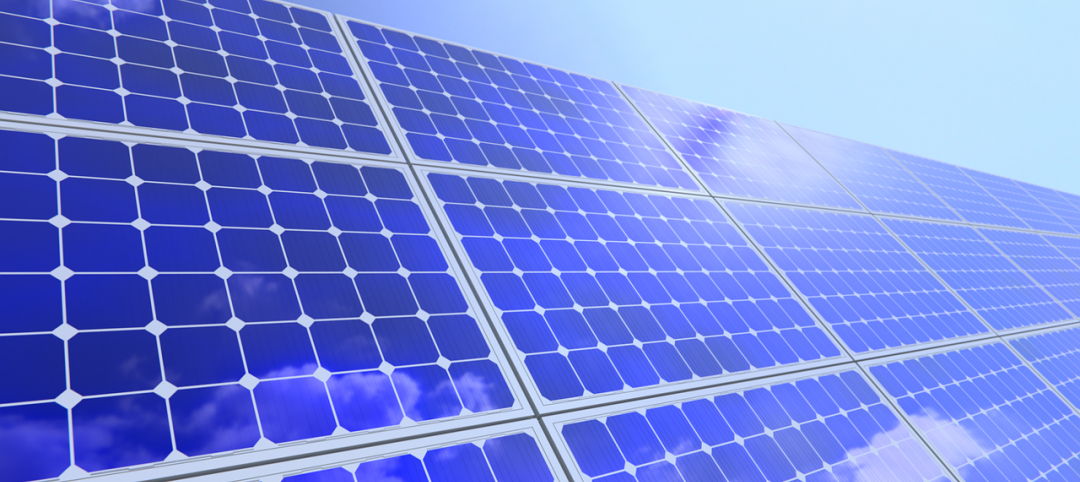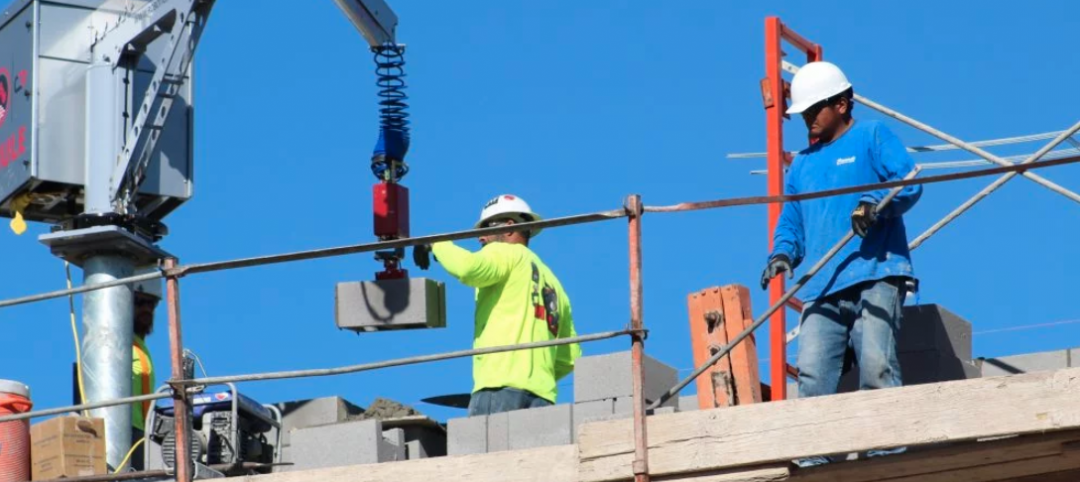 |
14. Mod Pod A Nod to Flex Biz
Designed by the British firm Tate + Hindle, the OfficePOD is a flexible office space that can be installed, well, just about anywhere, indoors or out. The self-contained modular units measure about seven feet square and are designed to serve as dedicated space for employees who work from home or other remote locations. Construction of the modular pods includes natural, recycled, and recyclable materials, as well as insulation and a high-efficiency HVAC system. The pods are plug-in powered; the fully wired units connect to an existing structure (home, garage, office building, um...Starbucks?) while IT and phone connectivity is wireless, but can also be cabled in. Delivery takes approximately 12 weeks. |
15. Transform any Work Surface into A Charging Station
 |
16. Concrete Slabs Plays up Rubber Ball Technology
17. Brown Rice for Greener Concrete
While slag from steel mills, fly ash, and silica fume are being added to concrete to reduce the material's greenhouse gas emissions and make it stronger and more resistant to corrosion, rice husks (the small cases around edible rice kernels) have so far proved an unsuitable additive because when burned, its ash is too contaminated with carbon. However, scientists were focused on finding ways to utilize rice husks because they are very rich in silicon dioxide, a core concrete ingredient. A breakthrough has come from researchers at Plano, Texas-based ChK Group, who discovered that superheating the husks to almost 1500 °F in an oxygen-free furnace produces pure, nearly carbon-free silica. ChK researchers, who are still refining their production processes, speculate a single full-size furnace could produce 15,000 tons of rice husk ash annually, which can be used to replace up to 20% of cement used in concrete production. |
18. Killer Beetles Lead to Concrete Plywood
The mountain pine beetle is devastating British Columbia's conifer forests, and while some researchers focused on controlling the destruction, others focused on salvaging the billions of dead trees. The University of Northern British Columbia's professor Ron Thring and graduate student Sorin Pasca focused on salvaging efforts and discovered that dead wood from lodgepole pine trees is an excellent ingredient for cement production. While cement typically repels organic material, the beetles "enhanced" the wood in such a way that it sticks to cement and act as a substitute for typical aggregates like stones and rocks. Researchers say the concrete plywood hybrid board (above), which they call MPB (for mountain pine beetle), is water resistant and can be used in place of drywall and gypsum board or as flooring and countertop surfacing. Boards can be cut with regular woodworking tools and nailed without pre-drilling.
Related Stories
Modular Building | Feb 16, 2020
On the West Coast, prefab gains ground for speedier construction
Gensler has been working with component supplier Clark Pacific on several projects.
AEC Tech | Feb 13, 2020
Exclusive research: Download the final report for BD+C's Giants 300 Technology and Innovation Study
This survey of 130 of the nation's largest architecture, engineering, and construction firms tracks the state of AEC technology adoption and innovation initiatives at the AEC Giants.
Sponsored | HVAC | Feb 3, 2020
Reliable Building Systems Increase Net Operating Income by Retaining Tenants
Tenants increasingly expect a well-crafted property that feels unique, authentic, and comfortable—with technologically advanced systems and spaces that optimize performance and encourage collaboration and engagement. The following guidance will help owners and property managers keep tenants happy.
Building Technology | Jan 31, 2020
The bidding war for Thyssenkrupp’s elevator technology business just got hotter
Engineering firm Kone Oyj raises the ante and joins three other suitor groups that have made multibillion dollar offers.
AEC Tech | Jan 16, 2020
EC firms with a clear ‘digital roadmap’ should excel in 2020
Deloitte, in new report, lays out a risk mitigation strategy that relies on tech.
Building Technology | Jan 7, 2020
Tariff whiplash for bifacial solar modules
Bifacial solar systems offer many advantages over traditional systems.
Sponsored | HVAC | Jan 6, 2020
Four Ways Building Systems Create Long-term Profitability
When accounting for the total cost of ownership and the potential return on investment, owners and developers should consider total energy usage, the lifespan of building systems equipment, the recruitment and retention of occupants, and lease rates.
Sponsored | HVAC | Jan 6, 2020
Maximize Energy Efficiency in Class A Office Buildings With Modern Building Systems
Energy-efficient building design starts with the building envelope, but the building systems have a tremendous impact on energy use as well.
| Dec 18, 2019
Reconsidering construction robotics
After decades when experts predicted that robots would become more prevalent on construction sites, it would appear that the industry has finally reached that point where necessity, aspiration, and investment are colliding.
75 Top Building Products | Dec 16, 2019
Top Building Systems Products for 2019
FabricAir’s ceiling-hung fabric duct and Ellumi Lighting’s bacteria-killing lights are among the 13 new building systems products to make Building Design+Construction's 2019 101 Top Products report.













